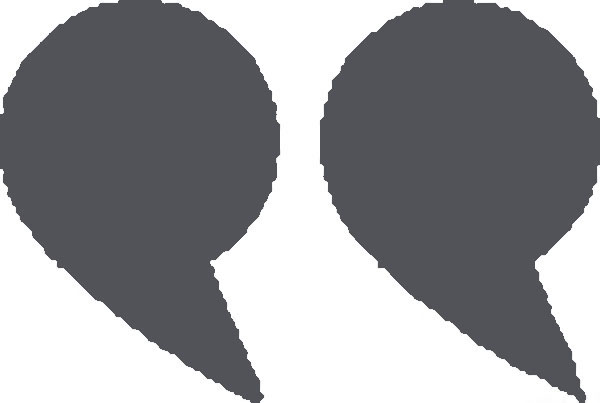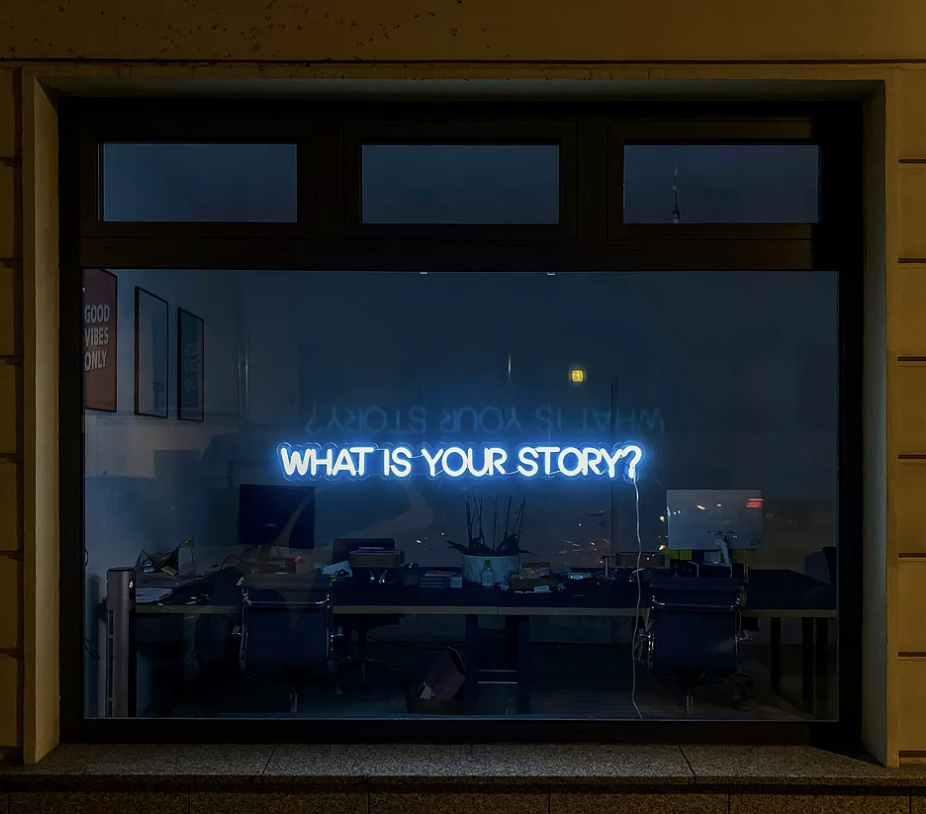The MCS: A Small Story That Makes a Big Difference in Your Writing Process
Producing a publishable novel requires more than great writing. It demands you, as a committed author, orchestrate every piece into a coherent whole. Like juggling, getting the elements right is easier than getting them to work together. During the actual act of writing, you're working on the micro, your focus is purely on the scene you're drafting. But your scene doesn't exist in a bubble, as you must consider the overall story—the macro—as you write.
Success comes from going back and forth between micro and macro while drafting, regularly changing the order of, dropping, or adding sections, even as you continually reconfigure your characters, world, conflict, theme, and plot. Everything must remain fluid until that final moment when you decide your creation has come together into a polished manuscript.
The need to be able to make changes on both a macro and micro scale explains why many common methods for plotting a novel can leave you feeling frustrated. No matter how many outlines, scene cards, and character sketches we use, the result falls short. Why? Because stories invariably change as you write. Inspiration comes when you’re away from the computer; perhaps you improve a character or refine the conflict. Now, everything else has to adjust to accommodate the change. Your best choice with step-by-step tools is to start over. Of course, it gets easier every time you do, but that’s inefficient and aggravating.


Inside each of us is a natural-born storyteller, waiting to be released.
- Robin Moore
You need a more dynamic approach to write coherently. To write a publishable novel, you need to know how to: first, get started; second, make continued progress; and third, know when you’re done. Yes, it still sounds linear; however, think carefully about that middle part; it’s the toughest. How do you make progress paragraph by paragraph as your story changes?
The answer is a technique that tracks the balls in the air as you write: our Minimum Complete Story. The MCS is, as implied, a very small story that you’ll continually update as your novel changes. Further, as your MCS and novel evolve together, the MCS will guide your work even as it ensures your polished manuscript’s coherence.
What Is a Story?
To begin at the end, all stories — including novels — are coherent combinations of five elements: character, world, conflict, theme, and plot. At the extreme, this definition distinguishes random word jumbles from narratives, meaning stories have to be carefully constructed. Further, no single thing makes a story — one reason so-called secrets rarely work: stories emerge after integrating many parts. Finally, this formulation indicates that you’re done when everything comes together (which you can assess with
Bardsy’s Publishability Index™).
Notice, this definition says nothing about length. In fact, a story’s size is almost arbitrary. This property is called isomorphism, which holds that features remain similar as size changes. Amazon, for example, offers thousands of books on Abraham Lincoln. One of the shortest (a picture book for kids) has about 200 words, while the longest we can find (a ten-volume biography) has over a million. Yet, the core log cabin, Civil War president, assassination life story remains throughout.
The MCS: Bardsy’s Technique for Writing Coherent Stories
Isomorphism powers the MCS; it’s a very short story — the same story as your novel — and it must be a story, nothing more or less, complete in every respect. You’ll use it as a diagram, like a 10,000-foot overview, to guide and check your work. This tool distills your story to its essentials even as your MCS and novel change when inspiration strikes. Most importantly, maintaining the correspondence between your MCS and your writing ensures that your novel will remain perfectly coherent throughout.
To create your MCS, start with the world and central characters, adding the inciting incident, peak, and resolution. When you’re done, the conflict and theme should be crystal clear. Don’t stress! Keep in mind that your MCS should and will change; usually it’s incomplete until you’ve written a few chapters, and it may not be crystallized until you’ve finished your first draft. Telling your entire MCS aloud from memory (that’s key) should take a minute or two.
Use fairy-tale cues if you’re stuck: once upon a time, then one day, etc. Generations of humans have used these for exactly this purpose. For practice, build an MCS for your favorite movie or novel, stripping it to the essentials while leaving the narrative intact. You’ll see how easily you can build this MCS to quickly retell the story. Even after many years, coherence makes it effortless to access and distill.

We are, as a species, addicted to story. Even when the body goes to sleep, the mind stays up all night, telling itself stories.
― Jonathan Gottschall

Once in Renaissance Italy, Romeo, a headstrong teen, falls hopelessly in love with Juliet. But their families are rivals, worn enemies. As romance unfolds, friends and cousins kill. They weary of the conflict, commit to love and craft a plan. Mistakes lead to suicides, leaving families to mourn.
Notice this example isn't a chronology or list of events; it doesn’t tease, like flap copy, nor include any editorial comments. Always remember: your MCS is a stand-alone story, your narrative in its least possible form.
Using Your MCS:
With the MCS, writing becomes a back-and-forth process. Keep your novel’s MCS in active memory as you write, pausing as needed to tell it aloud. This combats writer’s block. Rehearsing your MCS before you sit down to work sparks your writing and promotes efficiency. Most importantly, this practice unerringly detects major issues. Finding yourself or your audience confused during your retelling screams at specific areas that need more effort. Again, your MCS may be incomplete at first, and it will change as you write and rethink your story.
Telling your MCS to others, perhaps in a Bardsy workshop, always helps. Oral storytelling, preferably to another human, engages your so-called story instinct. That brain “module” works below consciousness to place narrative elements in their proper relation, particularly their salience, and identifies what’s crucial and what’s not. Let your audience ask questions; their narrative sense will augment yours. You’ll know your MCS has crystallized when you or your beta listeners ask for elaboration, e.g. tell me more, instead of about essentials, e.g. how does it end?
Keep rehearsing your MCS until it becomes second nature. Try to make each retelling more dramatic and, as your story develops, carefully increase the length until you reach two minutes. No longer — more than that prevents you from keeping the entire narrative in mind. As a bonus, you’ll spontaneously generate ideas that’ll improve the work.
You’ll have to do the work and revise many times to align your crystallized MCS and final draft. There’s a huge payoff: when your final MCS mirrors your novel’s 85,000 or so words — which Bardsy recommends because it’s the median bestseller’s length — you’re ready for the third and final part of the process: checking the draft in detail with our Publishability Index™. We’ll save that for next time. ;)


